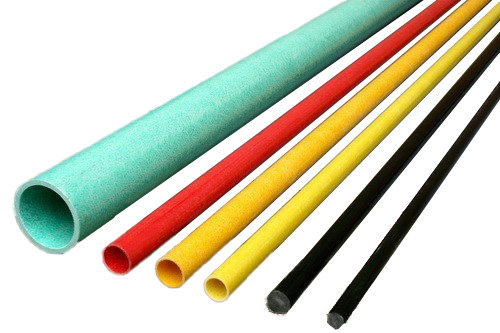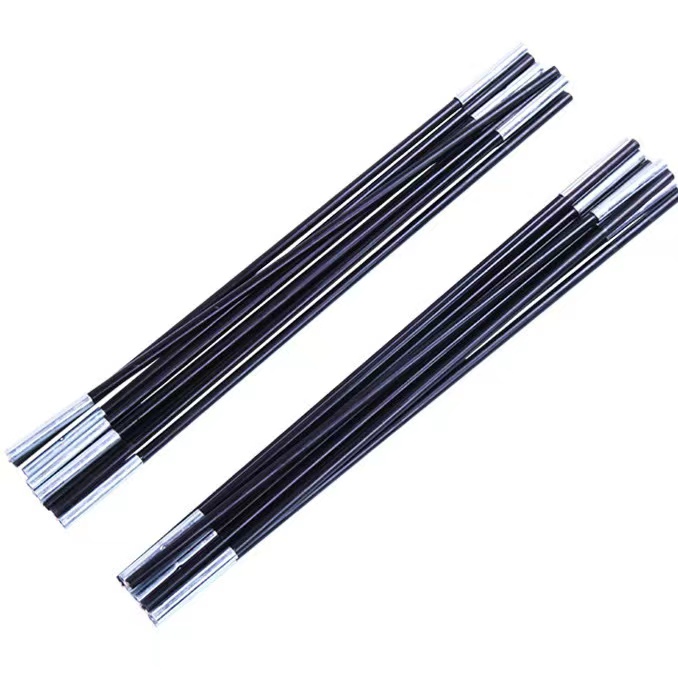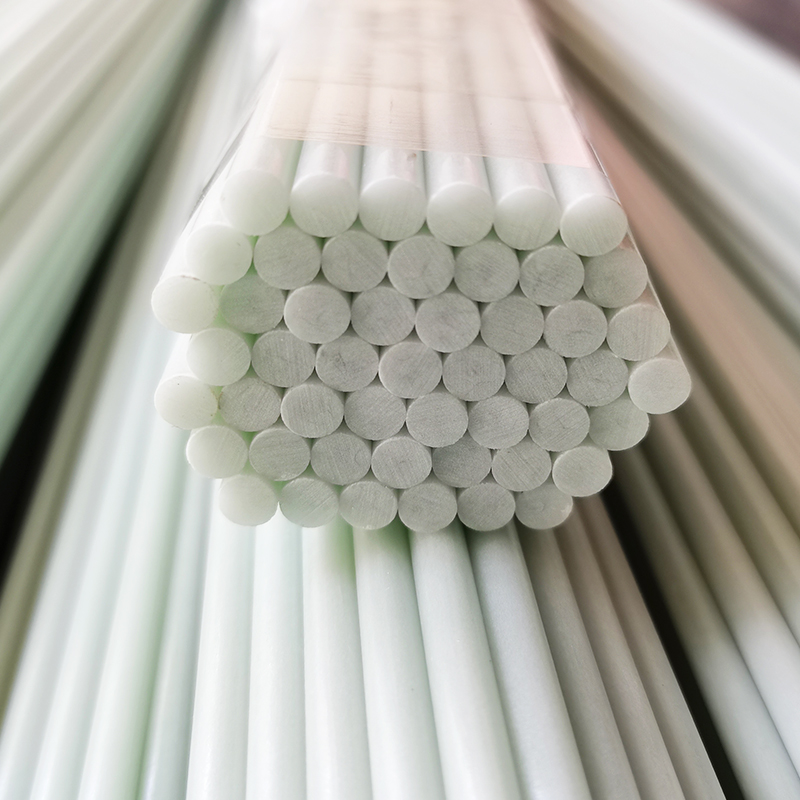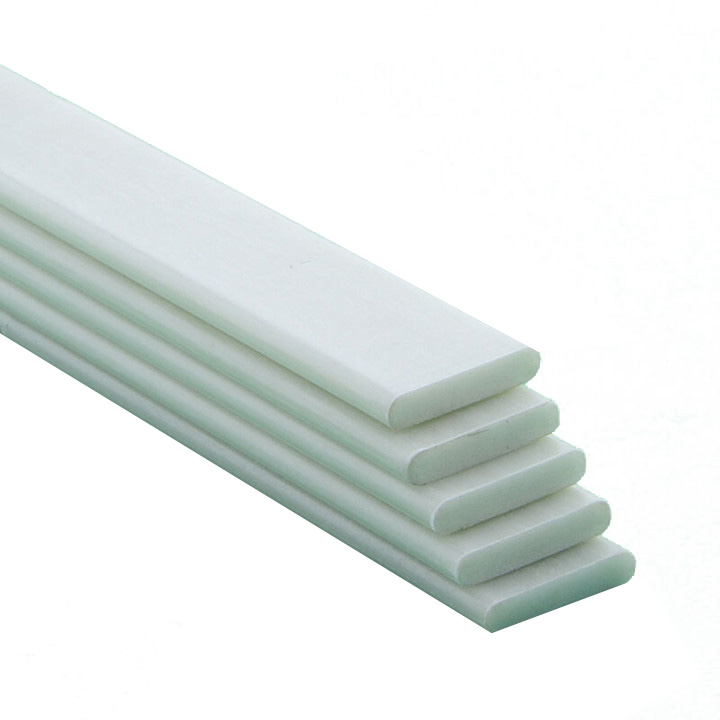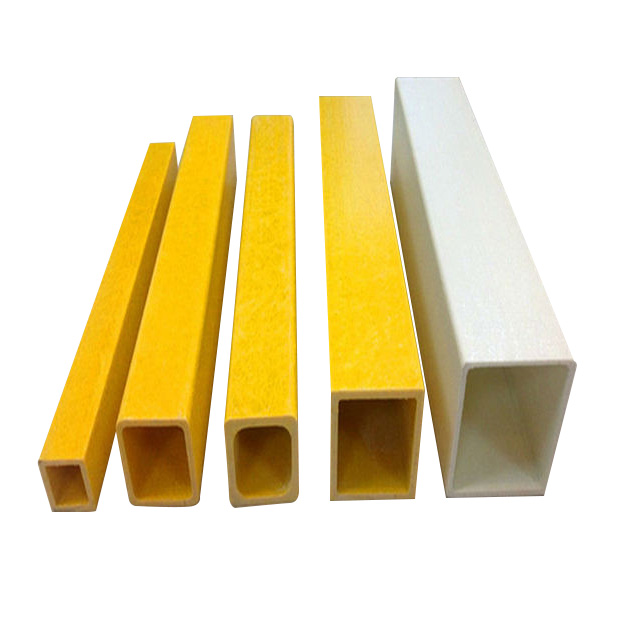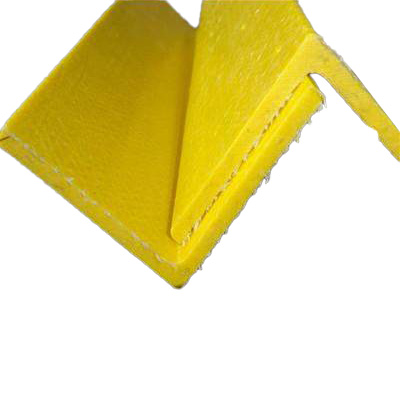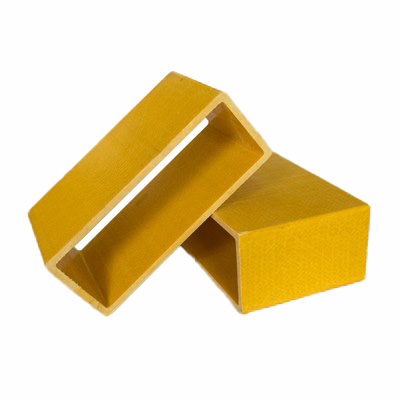FRP (Fiber Reinforced Plastic) Top Rail is a structural component commonly used in handrail and guardrail systems. It serves as the uppermost horizontal rail, providing support, safety, and durability in various industrial, marine, commercial, and public infrastructure applications. Unlike traditional metal or wood top rails, FRP top rails offer superior resistance to corrosion, impact, and environmental factors.
Présentation des performances du produit
1. Conventional Specifications & Dimensions
FRP Top Rails come in different shapes, sizes, and profiles depending on their applications. However, the most commonly used specifications include:
| spécification | Détails |
|---|---|
| Matériel | Fiberglass reinforced plastic (FRP) with a polyester or vinyl ester resin matrix |
| Shape | Square, Round, Rectangular, I-Beam, Channel |
| Standard Lengths | 3m (10ft), 6m (20ft), Custom lengths available |
| Outer Diameter (Round) | 50mm (2"), 76mm (3"), 102mm (4") |
| Width (Rectangular) | 50mm to 150mm |
| Wall Thickness | 3mm to 6mm |
| Options de couleur | Yellow, Gray, Green, Custom colors available |
| Finition de surface | Smooth, Gritted (Anti-Slip), UV-resistant coating |
-
Custom Profiles: Manufacturers can provide customized shapes and dimensions to fit specific structural requirements.
-
Options de montage: Designed for use with FRP posts, brackets, and fittings.
2. Key Advantages of FRP Top Rail
FRP top rails are increasingly preferred over traditional materials such as steel, aluminum, and wood due to the following benefits:
✔ Corrosion Resistance
-
FRP does not rust, corrode, or degrade when exposed to moisture, chemicals, or harsh environments.
-
Ideal for marine, wastewater treatment plants, and offshore platforms.
✔ Lightweight & Easy Installation
-
Up to 70% lighter than steel but maintains high strength.
-
Reduces transportation and labor costs.
-
Can be installed without heavy lifting equipment.
✔ High Strength-to-Weight Ratio
-
Fiberglass reinforcement provides excellent structural integrity.
-
High resistance to impact, bending, and deformation.
✔ Low Maintenance
-
Unlike steel, FRP does not require painting, galvanizing, or regular maintenance.
-
Resistant to UV radiation and weathering, extending lifespan up to 25+ years.
✔ Electrical & Thermal Insulation
-
Non-conductive, making it safe for applications near electrical installations.
-
Low thermal conductivity, reducing heat transfer in extreme conditions.
✔ Fire Retardant Properties
-
Available in self-extinguishing formulations with ASTM E84 fire ratings.
-
Ideal for high-risk industrial environments.
✔ Non-Slip Surface Options
-
Gritted or textured surfaces enhance grip and safety in wet or oily conditions.
-
Often used in pedestrian walkways, bridges, and industrial work zones.
3. Applications of FRP Top Rail
FRP top rails are used across various industries, including:
-
Installations industrielles: Safety railings in factories, refineries, and processing plants.
-
Marine & Offshore: Guardrails for ship decks, docks, and offshore platforms.
-
Water Treatment Plants: Corrosion-resistant railings in chemical and wastewater plants.
-
Infrastructures publiques: Pedestrian bridges, stairways, and parks.
-
Power Plants & Electrical Substations: Used due to non-conductive properties.
-
Chemical Processing Plants: Resistant to acids, alkalis, and corrosive chemicals.
4. Comparison: FRP vs. Steel & Aluminum
| Fonctionnalité | FRP Top Rail | Steel Top Rail | Aluminum Top Rail |
|---|---|---|---|
| Lester | Poids léger | Heavy | Modéré |
| Résistance à la corrosion | Excellent | Poor (Rusts) | Bien |
| Strength-to-Weight Ratio | Haut | Haut | Modéré |
| Maintenance | Faible | Haut | Modéré |
| Conductivité électrique | Non conductrice | Conductive | Conductive |
| Coût | Higher upfront, lower lifecycle cost | Lower upfront, higher maintenance cost | Modéré |
Conclusion
FRP Top Rail is a durable, corrosion-resistant, and lightweight alternative to traditional materials. It is widely used in industrial, marine, chemical, and public infrastructure applications due to its low maintenance, high strength-to-weight ratio, and safety benefits. With customizable shapes, sizes, and surface finishes, it meets a wide range of engineering and safety requirements.
FRP Top Rail
Série :
Principaux produits >application
Marque :
TFcomposite
Nom du produit :
FRP Top Rail
Matériel :
Fibre de verre
Couleur :
Yellow,Gray,Other
FAQ
Q :
Can FRP Top Rails be customized?
UN :
Yes! Many manufacturers offer custom sizes, colors, and profiles based on specific project requirements. You can also request pre-drilled holes, special coatings, or fire-retardant resins.
Q :
Are FRP Top Rails suitable for outdoor use?
UN :
Absolutely! FRP is UV-resistant, weatherproof, and corrosion-resistant, making it ideal for bridges, walkways, marine decks, and chemical plants.
Q :
How strong is an FRP Top Rail compared to steel?
UN :
FRP has a high strength-to-weight ratio, meaning it can support substantial loads while being much lighter than steel. However, steel is stronger overall, so FRP is best suited for applications where corrosion resistance, safety, and weight reduction are key factors.
Q :
How are FRP Top Rails installed?
UN :
Installation is straightforward and does not require welding. Common methods include: 🔩 Bolted connections with stainless steel or FRP fasteners 🛠 Prefabricated kits with mounting brackets and posts 🧰 Adhesive bonding for added strength in some applications
Autres produits connexes





